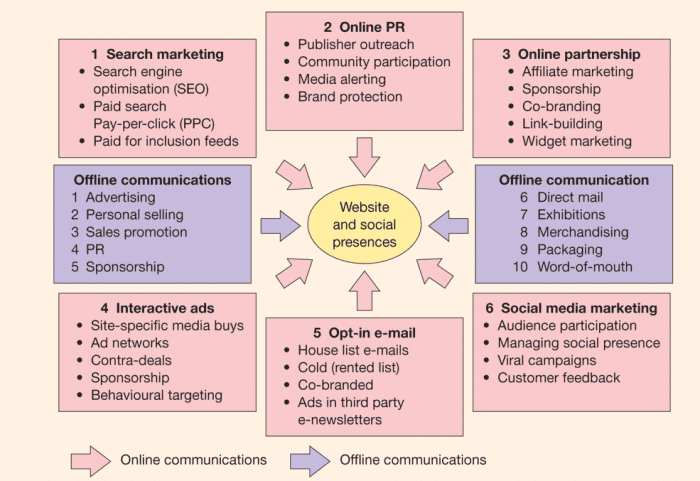Here are the Essential Parts of a Campaign Plan
Time to be Prepared
Book marketing
Why is it important to plan your campaign?
The purpose of a marketing campaign plan is to identify relevant, integrated, marketing activities and channels to reach campaign objectives as well as influence customers. An effective campaign plan has an engaging, shareable, campaign concept that utilizes both online and offline marketing communications tools and digital media channels.
What should you do to accomplish all of these objectives? Create a Multi-Channel Marketing Plan. A marketing campaign plan is a shorter-term integrated communications plan for using different digital media to hit lead sales targets. Its purpose is to engage audiences, it typically has a content marketing focus and an integrated media schedule.
List of what a solid marketing campaign has:
- Clear, realistic goals in which you can be confident of reaching.
- The best strategy to achieve these goals.
- Sufficient details of tactics and actions needed to translate the strategy into action.
- A method to check that you’re on track with your plans.
We want a structured campaign plan…
Yes, we all want a structured campaign plan. I have put together six areas summarized below that will help you create a structured campaign plan.
- Tracking and Campaign Goals
What are we trying to achieve through our campaign and how will we know when we’ve achieved it?
2. Campaign targeting and insight
Who are we trying to reach?
3. Campaign messages and offers
How are we trying to position our company, products, and services?
Which campaign/product offers will attract and engage our audience?
4. Campaign media plan and budget
Which media channels will you use to reach and influence your target audience?
What will be the sequence and integration of media activities?
5. Campaign asset production
Managing the assets to firm the campaign
6. Campaign execution
What needs to be tested before the campaign is live?
Throughout each of these six stages, a campaign plan typically includes defining:
- Relevant customer’s to target
- The value proposition of the product
- The primary offer which is the call to action (CTA)
- The promotional channels for raising awareness
- How website landing pages will feature the offer
- The action plan and timeline
- The required budget
- The mechanics for how leads generated will be nurtured and followed up through offers
- How results will be measured and reported
The RACE Planning System can effectively help you plan your campaign tactics:
To drive reach online to achieve your campaign goals I recommend you consider these 6 options defined in this diagram. Then we’ll dive into a deeper discussion on the RACE strategy.

What is RACE?
RACE covers the full customer lifecycle or marketing funnel from acquisition to retention as shown in this infographic showing the goals for each part of RACE and how you can measure them.
(Plan)> Reach> Act> Convert> Engage
RACE consists of four steps or online marketing activities designed to help brands engage their customers throughout the customer lifecycle.
1. Reach involves building awareness and visibility of your brand, products, and services on other websites and in offline media in order to build traffic by driving visits to different web presences like your main site or social media pages. It involves maximizing reach over time to create multiple interactions using different paid, owned and earned media touchpoints.
2. Act is short for interact. It’s a separate stage from conversion, encouraging interactions on websites and in social media. For most businesses the main aim of Act is to generate online leads. So, it’s about persuading site visitors or prospects to take the next step, the next Action on their customer journey when they initially reach your site. It may mean finding out more about a company or even reading a blog post. You should define these actions as top-level goals. Some examples of goals are “Viewed product”, “Registered as a member”, or “Signed up for an event”. Act is also about encouraging participation.
3. Convert is simply conversion to sale, online or offline. It involves getting your audience to take that vital next step which turns them into paying customers whether the payment is taken through online eCommerce transactions or offline channels.
4. Engage is long-term customer engagement and communications that is, developing a long-term relationship with first-time buyers to build customer loyalty as repeat purchases using communications on your site, social presence, email and direct interactions to boost customer lifetime value. It can be measured by repeat actions such as repeat sales and sharing content through social media. We also need to measure the percentage of active customers (or email subscribers) and customer satisfaction and recommendation using other sysytems
Is this suited for me?
Yes! Marketing campaign planning isn’t just for big marketing departments. Organizations of any size, type and at any stage of existence can create a marketing campaign plan in order to achieve an effective campaign. It doesn’t need to be lengthy or complicated. Creating a simple campaign plan with clear actions can ensure that both small and larger organizations are focusing on their goals and overall success.
“Don’t focus on the hardships of your past. They could deny you the POSSIBILITIES of YOUR FUTURE”

